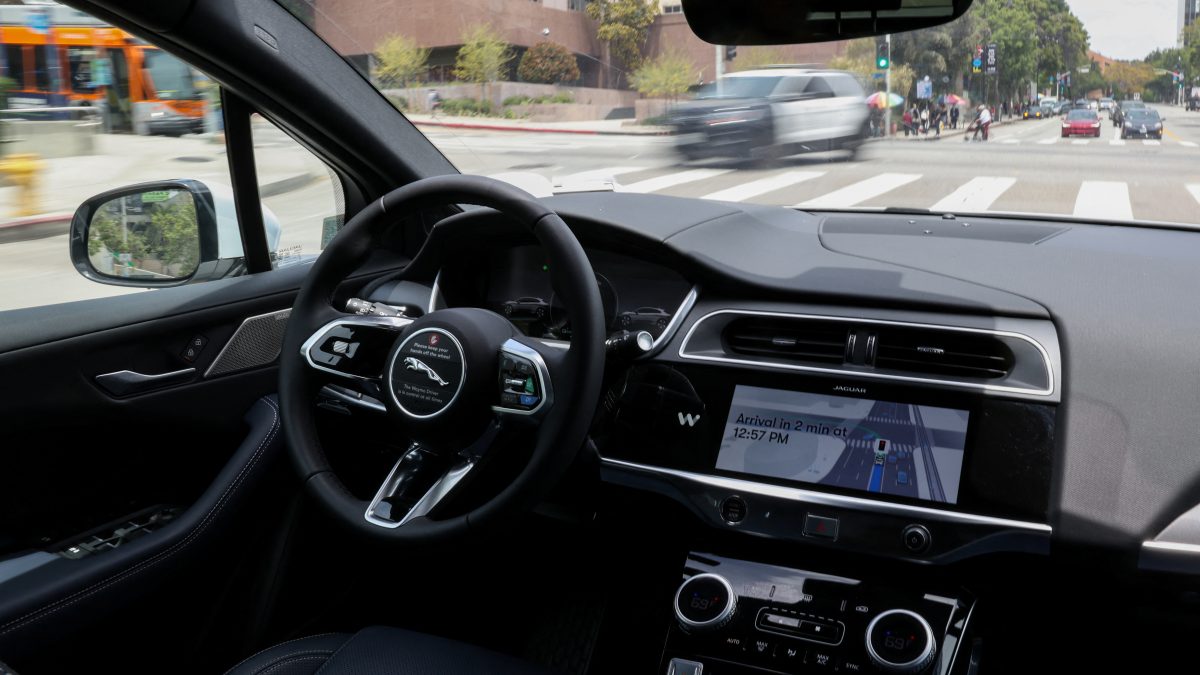After more than a week of silence, Elon Musk has finally spoken out about DeepSeek, the Chinese AI startup that has made headlines with its low-cost, high-performance AI model. Rather than joining the chorus of praise, Musk has dunked cold water on the company’s success, casting doubt on its rapid rise and suggesting that DeepSeek isn’t fully transparent about its hardware resources. His scepticism stands in contrast to the positive reactions from other tech leaders, raising questions about the true nature of DeepSeek’s achievements.
While many in the industry have celebrated DeepSeek’s ability to deliver impressive AI performance at a fraction of the cost of US giants like OpenAI, Musk remains unconvinced. His comments, particularly around the company’s hardware claims, have added a layer of controversy to the ongoing debate about the future of AI development.
Musk’s scepticism about DeepSeek’s claims
Musk’s scepticism has been clear since the start. When Salesforce CEO Marc Benioff praised DeepSeek’s AI breakthrough, claiming it proved that AI’s true value lies in data, not expensive hardware, Musk responded with a blunt “Lmao, no.” Furthermore, when a user joked that DeepSeek’s AI model, R1, had been “leaked from a lab in China,” Musk responded with a laughing emoji, an apparent reference to past controversies surrounding China’s role in global events.
How many AI Chips does DeepSeek really have?
One of Musk’s key criticisms revolves around DeepSeek’s reported GPU usage. The company has claimed it used around 10,000 Nvidia A100 GPUs to train its model, a number that seems relatively modest compared to the massive hardware requirements of other AI leaders. However, Musk and Scale AI CEO Alexandr Wang believe DeepSeek may actually be using far more powerful resources. Wang suggested that DeepSeek could be operating with around 50,000 Nvidia H100 GPUs, but due to US export restrictions on advanced chips, the company may be reluctant to disclose the full scale of its hardware.
Musk echoed this theory, simply responding with “Obviously,” implying that DeepSeek is hiding the true extent of its GPU usage to avoid scrutiny from US authorities. This raises questions about the company’s transparency and whether it is stretching the truth about the resources behind its AI model.
Mixed reactions to DeepSeek’s success
Musk’s dismissive stance is in sharp contrast to the reactions from other industry figures. While Benioff celebrated DeepSeek’s achievement as a breakthrough moment, Microsoft’s Satya Nadella suggested that cheaper AI would accelerate global adoption, and OpenAI’s Sam Altman admitted that DeepSeek had created an impressive model for its price. Musk, however, seems unwilling to accept DeepSeek’s success at face value, especially when it challenges the established narrative of expensive, high-performance AI.
With Musk’s own AI venture, xAI, now in the race with its Grok AI model, it’s clear that his scepticism towards DeepSeek is as much about competitive rivalry as it is about questioning the legitimacy of the claims being made by the Chinese startup. As the battle for AI supremacy intensifies, Musk’s doubts only add more fuel to the fire. Whether his scepticism is justified or just another instance of industry competition remains to be seen.


)

)
)
)
)
)
)
)
)



